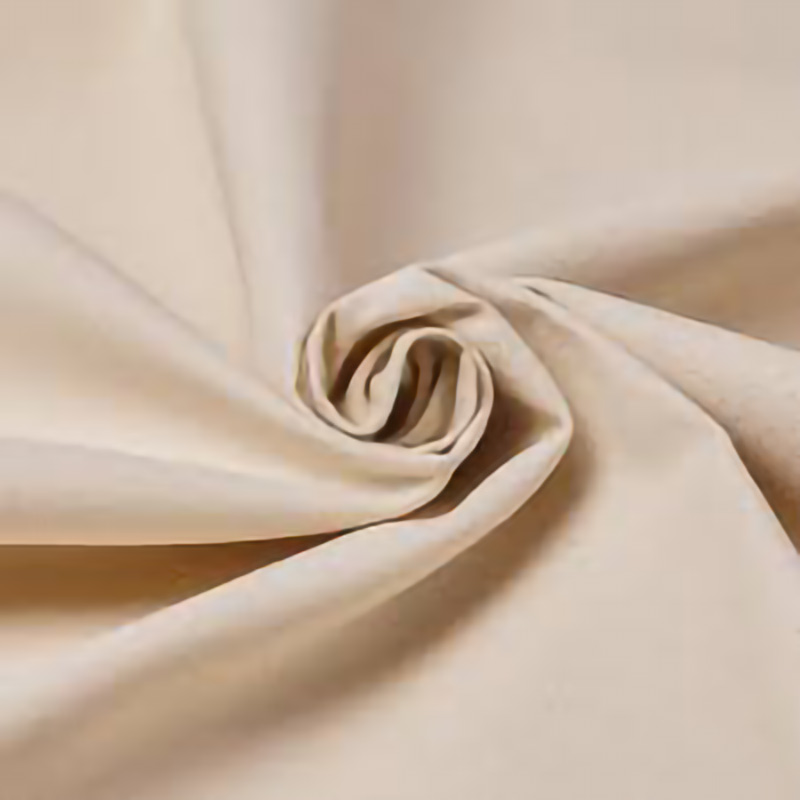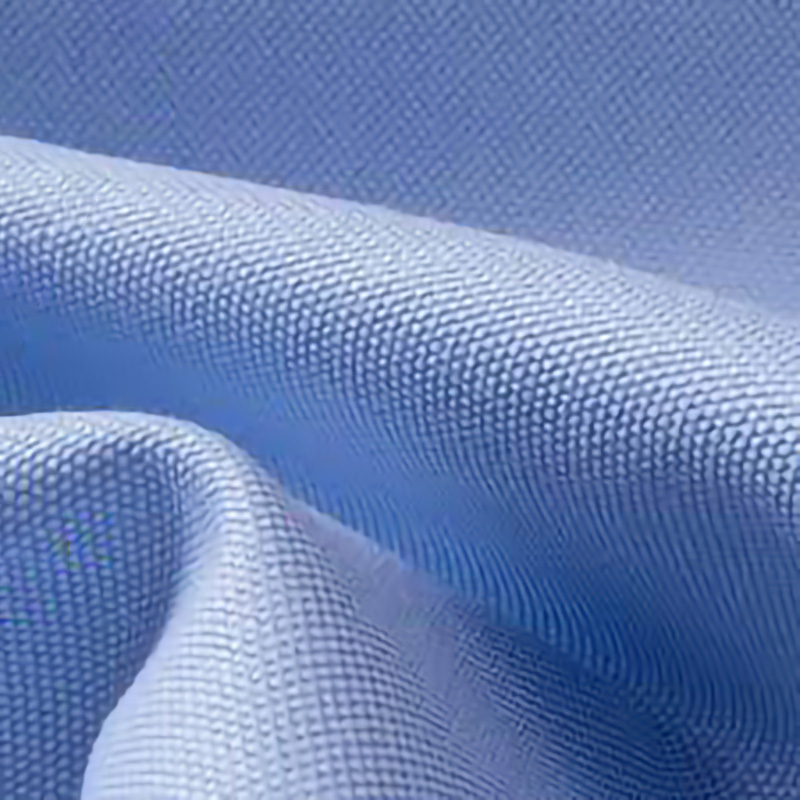

The key differences between Oxford cloth and canvas fabric lie in material composition, structure, texture, usage, and appearance.
Material Composition
Oxford cloth: Mostly woven from polyester-cotton blended yam and cotton yarn, with some variants made of synthetic fibers like nylon or polyester.
Canvas fabric: Typically a thick cotton or linen fabric, mainly composed of cotton fibers, with some linen or cotton-linen blended options.
Weave Structur
Oxford cloth: Generally adopts weft-backed plain or basket weave, using fine combed high-count double warps interlaced with thicker wefts.
Canvas fabric: Mostly uses plain weave, occasionally twill weave, with both warp and weft yarns made of plied threads.
Texture Characteristics
Oxford cloth: Lightweight, soft to the touch, moisture-absorbent, comfortable to wear, while maintaining a certain degree of stiffness and wear resistance.
Canvas fabric: Dense and thick, stiff in hand feel, strong and durable, with good water resistance and longevity.
Applications
Oxford cloth: Commonly used for making clothing, backpacks, travel bags, tents, and home decorations such as sofa covers and tablecloths.
Canvas fabric: Besides backpacks and travel bags, it is widely used in outdoor gear (tents, awnings), as a surface for oil and acrylic paintings, and for work wear, truck covers, and open warehouse canopies.
Appearance Style
Oxford cloth: Features soft colors and diverse patterns, including solid colors, bleached, colored warp with white weft, and colored warp with colored weft.
Canvas fabric: Has relatively single colors, usually solid shades, presenting a simple and rugged aesthetic.
Post time: Nov-14-2025


